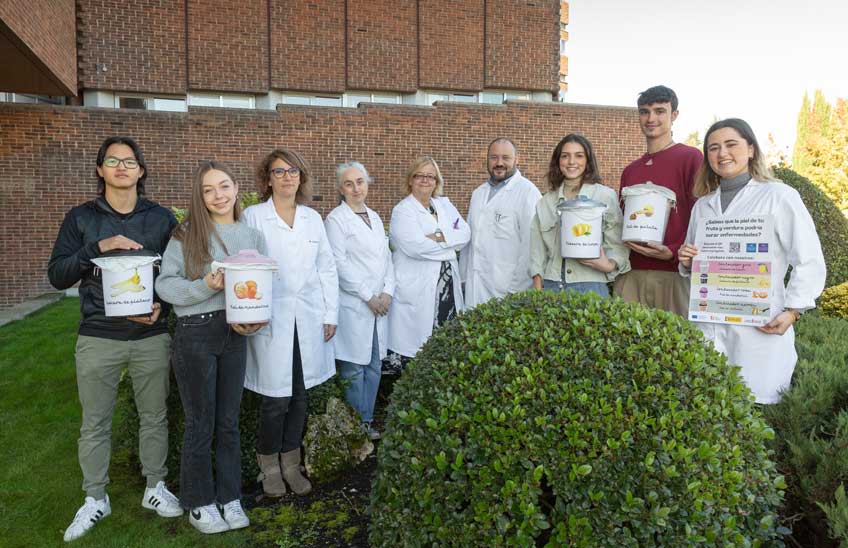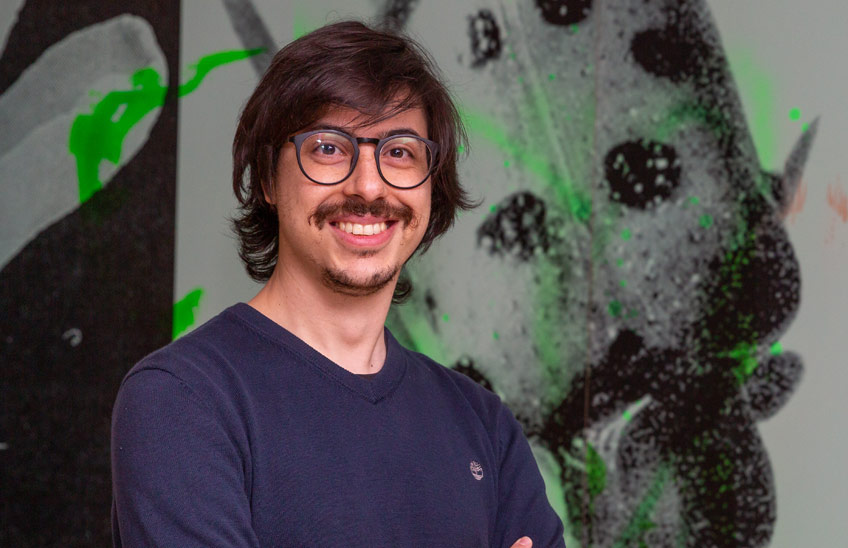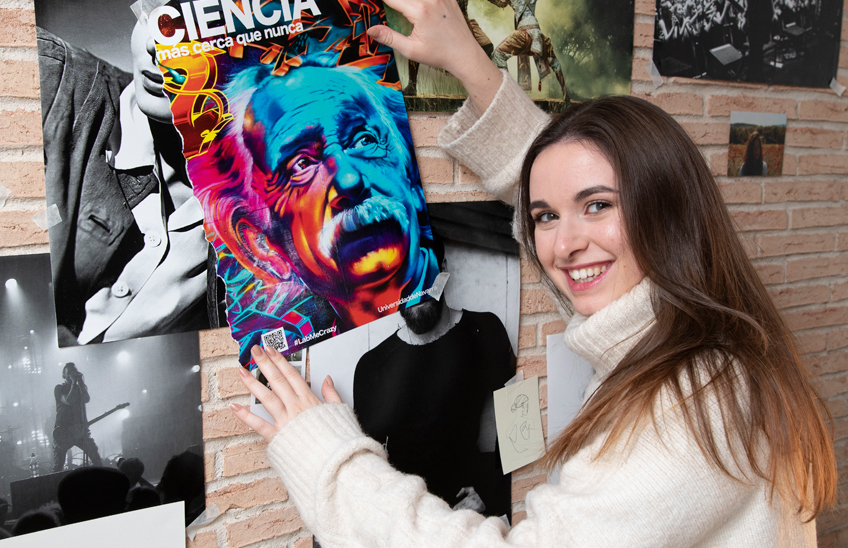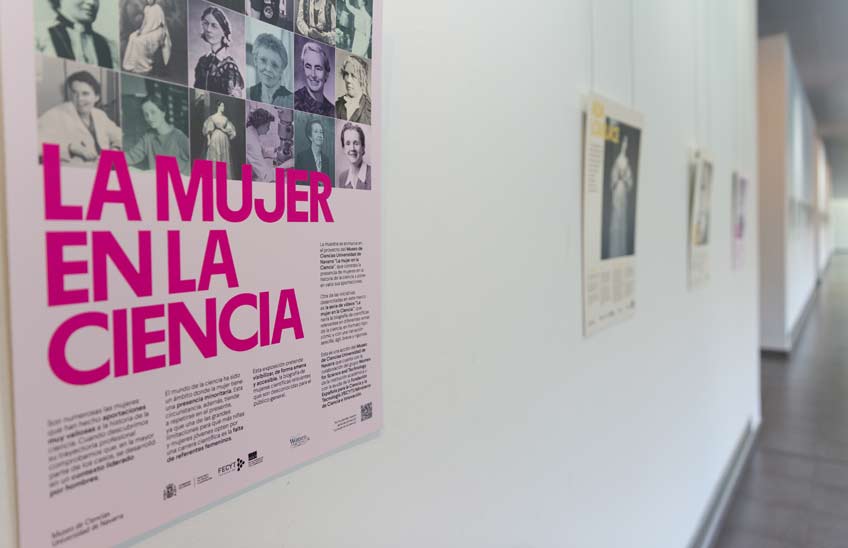The University organizes a course to learn about the plastics that wrap food, trends in new packaging and their recycling
It begins next Monday, July 19, and the program includes theoretical sessions and practical workshops.
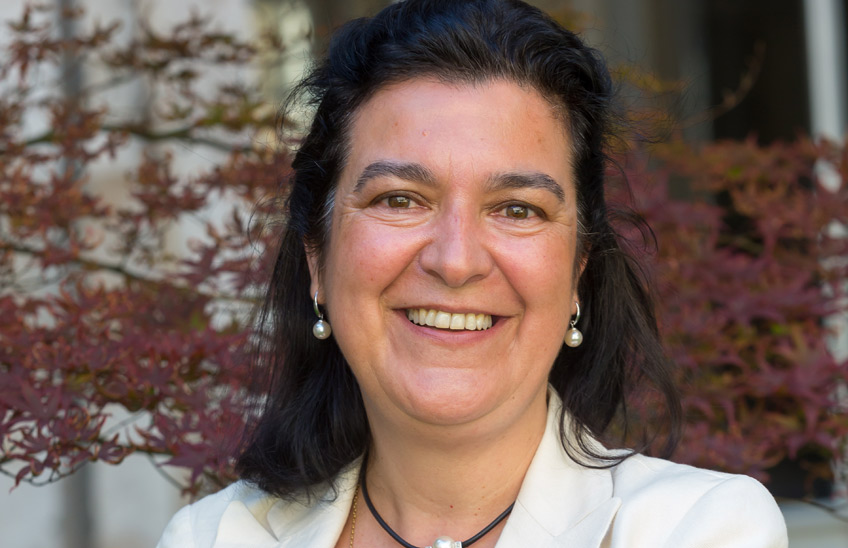
PhotoManuelCastells/Itziar Vélaz
14 | 07 | 2021
Do we know how to identify the plastics that wrap food in order to separate them and facilitate their recycling? The Science Museum of the University of Navarra has organized the course'Plastic in food. New materials, included in the summer courses programmed with the partnership of the Government of Navarra.
The course begins next Monday, July 19. It will be held from Monday to Wednesday, from 5 to 7 p.m., until July 28. The program consists of 12 hours that include theoretical notions and practical workshops where participants will learn to identify the different types of plastics that make up food packaging. They will also learn about the main lines of research in this subject to improve food safety.
Interested parties can register now at the following link. The price is 15 euros.
PET, polyethylene terephthalate, is the most common plastic used in food, typically in water bottles, juices, soft drinks, oils, canned food, bags, etc.; the second most used material is PP, polypropylene, which is used in packaging in general, particularly for butter because it is impermeable to grease. Both are recyclable and the second is reusable. In addition, there are new lines of research that aim to further enhance food safety and preserve food quality. "Current lines of study on food packaging focus on active packaging, which incorporates antioxidant, antimicrobial, etc., components that absorb or release substances and protect or improve the packaged food, extending its consumption deadline . The diversity of active packaging that exists responds to the need to solve the problems presented by packaged fresh products, such as humidity, oxidation, odors, presence of other substances, etc. In addition, there is the development of the so-called intelligent packaging, which monitors the conditions of the packaged food and provides information on the quality during transport and storage", says Itziar Vélaz, professor at the School of Sciences of the University of Navarra and director of the course.
Dr. Vélaz stresses the need to reuse whenever possible, and to separate plastics at source so that they can be properly recycled. The containers and materials that are deposited in the yellow container are then separated at the plant according to the subject plastic they are made of, washed and the recycling process then begins. "Society is increasingly aware that it is necessary to protect the environment and our health with three concrete actions: reuse, reduce the consumption of single-use plastic and facilitate the recycling of waste plastic by separating at source," adds Itziar Vélaz. "According to Eurobarometer, currently in Spain 61% of the population separates waste, 26% avoids consuming single-use plastics, 15% avoids buying excess packaged food and 75% have reduced the employment of single-use bags. The figures in Europe are 65%, 34%, 24% and 75%, respectively."

